Physical Address
304 North Cardinal St.
Dorchester Center, MA 02124
Physical Address
304 North Cardinal St.
Dorchester Center, MA 02124
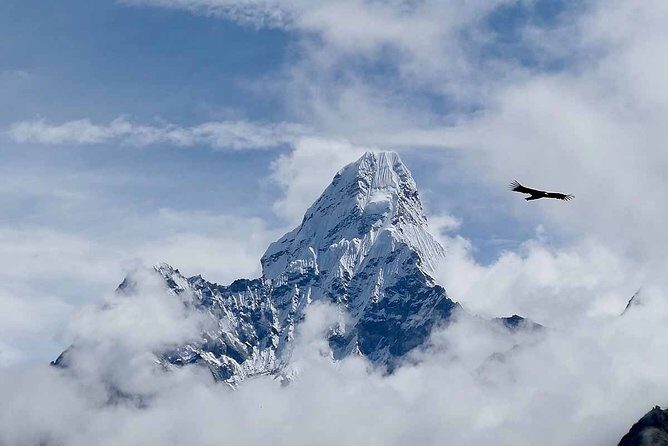
Experience the stunning Gokyo Lakes and Everest Base Camp on this 18-day Nepal trek, blending breathtaking views, cultural insight, and adventure.
Trekking to Everest Base Camp has long been a bucket-list staple for adventure lovers, but this particular route offers a unique twist. Spanning 18 days, the Everest Base Camp Trek via Gokyo Lake combines the iconic highlights of Everest with the serene beauty of the Gokyo Valley and its famous turquoise lakes. It’s a journey that promises stunning mountain vistas, challenging passes, and moments of tranquil reflection beside sacred lakes—an experience that’s as rewarding as it is demanding.
What sets this trek apart? For starters, the opportunity to witness not just Everest, but also four 8,000-meter peaks from Gokyo Ri and the Cho La pass makes it a visual feast. Plus, the trek offers a chance to explore Sherpa culture and traditions in a way that’s both authentic and immersive. However, it’s important to consider the physical demands—this is not a trip for the faint-hearted or unprepared.
This tour suits those with a good level of fitness who crave more than just a typical Everest experience. It’s a wonderful choice for seasoned trekkers looking for variety, spectacular scenery, and a chance to venture into less crowded parts of the Khumbu region. If you’re after a well-rounded trek that balances physical challenge with cultural and scenic richness, this might be just the adventure for you.
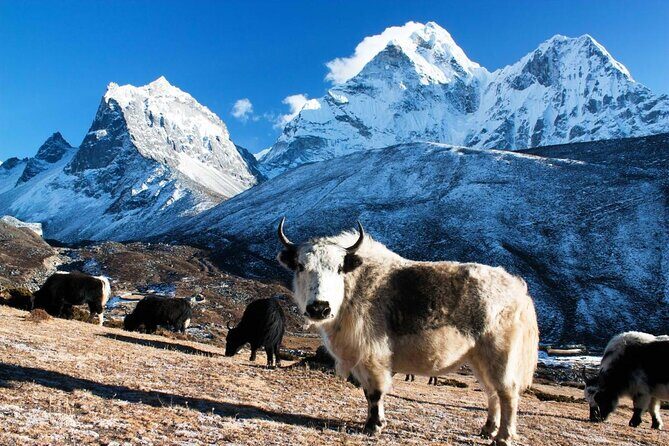
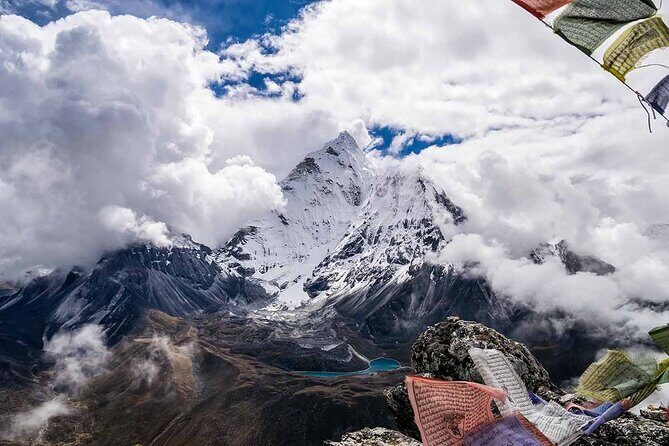
Outdoor enthusiasts can explore more Kathmandu trails with these hiking options
The adventure kicks off with a private transfer from Kathmandu to Tribhuvan International Airport, then a spectacular flight to Lukla. This flight is often considered one of the most beautiful in the world, offering views of the Himalayan giants that will stay with you long after the trip ends. Once in Lukla, the trek begins with a gentle descent towards Phakding. The short trek is manageable, and it sets the tone for the days ahead—scenic, varied, and filled with anticipation.
From Phakding, the trail follows the Dudh Kosi River, crossing suspension bridges and passing charming villages. Reaching Namche Bazaar is a highlight—this bustling Sherpa town combines mountain market hustle with modern amenities, making it a great place to acclimate. The first view of Everest from the Everest View Point is a special moment, offering a glimpse of the mighty peak for the first time. The second day here is for rest, giving your body time to adjust to the altitude.
Leaving Namche, the trail heads towards Phortse Thanga, passing stunning mountain scenery—Lhotse, Ama Dablam, and Nuptse dominate the skyline. The trek becomes more secluded and scenic as you approach Machhermo and Dole, with forests and waterfalls adding to the visual appeal. The journey continues to Gokyo, where the view of the Ngozumpa Glacier and turquoise lakes is breathtaking. The ascent is challenging, but the reward is a landscape that feels straight out of a dream.
The day exploring the lakes is one of the most memorable. The series of glacial lakes—especially Dudh Pokhari—are stunningly vivid, with shades of blue and green that seem almost surreal. Climbing Gokyo Ri is a must-do, offering panoramic views of Everest, Makalu, and Lhotse. You’ll also have the opportunity to visit the lesser-known fourth and fifth lakes, which are less crowded and equally enchanting.
After descending back to Dragnag, you’ll prepare for the challenging Cho La Pass. This high mountain crossing is steep and rocky, with some unmaintained sections, but it’s well worth the effort for the incredible views of Ama Dablam, Lobuche, and other peaks. Crossing the pass is a true test of stamina and nerve, but guides and fellow trekkers will help keep spirits high.
From Lobuche, the landscape becomes more stark and rugged. The trek to Gorakshep is demanding but rewarding. Reaching Everest Base Camp is a major achievement, a moment of triumph after days of exertion. The early morning trek to Kala Patar provides an unrivaled sunrise view over Everest—the photos are priceless, and the sense of achievement palpable.
Descending back through Pheriche and Namche, you’ll have time to reflect on the journey. The route retraces many of the highlights, with extra opportunities to soak in the scenery. The trek concludes with a flight back to Kathmandu, giving you a chance to enjoy the city’s vibrant markets and cultural sites.
The last few days are relaxed, allowing recovery and exploration. The farewell dinner provides a chance to share stories and enjoy some Nepali hospitality before heading home.

Scenic Diversity: You’ll traverse lush forests, high mountain passes, and glacial lakes, each offering unique photo opportunities and emotional moments. The lakes of Gokyo are particularly mesmerizing, with their tranquil waters contrasting sharply against the towering peaks.
Cultural Encounters: The Sherpa communities you’ll encounter are warm and welcoming. Visiting monasteries and sacred sites adds a spiritual dimension to the trek, enriching your understanding of local traditions.
Guided Expertise: The guides are experienced and knowledgeable, often sharing stories about the mountains, local culture, and safety tips. Their presence makes the trek smoother and more informative.
Value for Money: At just under $3,000 for 18 days, this itinerary includes flights, permits, meals, and expert guidance. It’s a comprehensive package that offers great value considering the level of support and organization.
Physical Challenge & Acclimatization: The itinerary is designed to gradually increase altitude, helping prevent altitude sickness. Still, the trek demands good fitness and mental resilience—perfect for experienced trekkers seeking a real adventure.
Authentic Experience: Unlike some more commercial routes, this trek allows you to see less crowded areas and experience Sherpa culture in a more genuine context.
The trek involves significant altitude gain, and some sections, like the Cho La Pass, are physically demanding. The unmaintained nature of some paths might be daunting for those with fear of heights or balance issues. The high elevation also means you should be prepared for the possibility of altitude sickness; proper acclimatization days are included, but individual experience may vary.
The price, while reasonable considering inclusions, is more expensive than some budget options, but that reflects the guided support, permits, flights, and meals included in the package. Also, the tour operates with a small group size, which means more personalized attention but less socializing than larger tours.
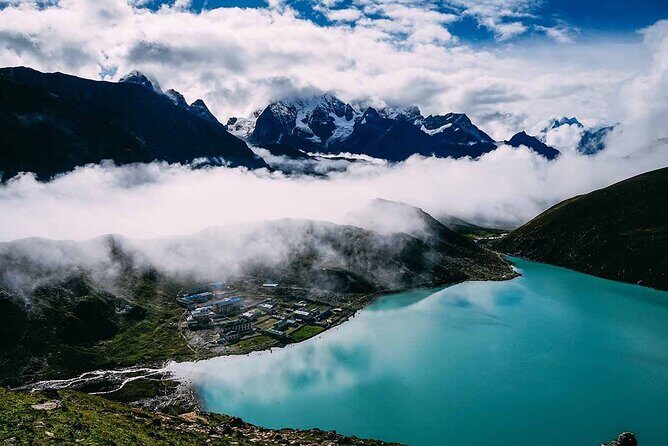
This trek is ideal for adventurous travelers with a good level of fitness who want a comprehensive Everest experience combined with the serenity of the Gokyo Lakes. It suits those eager for a physical challenge but also seeking cultural insights and spectacular scenery. If you’re unsure about altitude, the itinerary’s acclimatization days help, but a prior fitness level and preparation are recommended.
For experienced trekkers craving a route that moves beyond the typical Everest Base Camp trail, this journey delivers a well-rounded mix of adventure, culture, and jaw-dropping views.
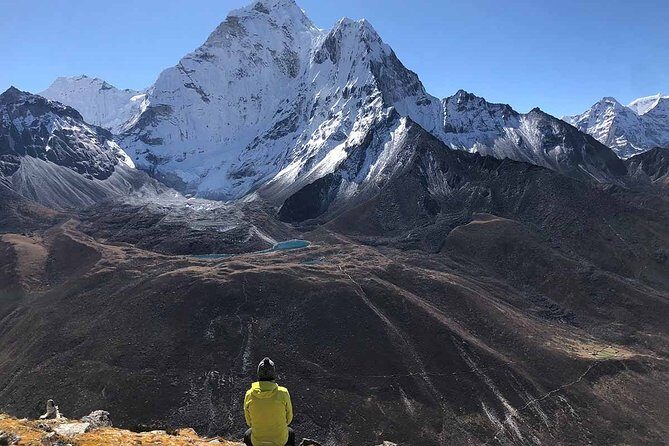
Is this trek suitable for beginners?
While the trek includes acclimatization days, it’s generally designed for those with a good level of physical fitness and prior trekking experience, especially given the high passes and altitude gains.
Are meals included?
Yes, full-board meals (breakfast, lunch, and dinner) are included during the trek, with hot tea or coffee to keep you fueled.
What is the main highlight of this trek?
Many say the Gokyo Lakes and the climb up Gokyo Ri for panoramic views of Everest and surrounding peaks are the standout moments.
Do I need to arrange my own flights?
The tour includes the round-trip flight from Kathmandu to Lukla but not international flights. You will need to book your own flights to Kathmandu.
Can I customize this tour?
As a private tour, it can be tailored somewhat, but the core itinerary is fixed to ensure safety and proper acclimatization.
What is the best time to do this trek?
While not explicitly mentioned, most Everest treks are best from pre-monsoon (spring) or post-monsoon (autumn) for clear weather and good trail conditions.
Are tips expected?
Tipping guides and porters is customary but not mandatory. It’s appreciated for excellent service.
To sum it up, the Everest Base Camp Trek via Gokyo Lake offers a uniquely scenic route that combines iconic mountain views with the tranquility of the Gokyo lakes. It’s perfect for seasoned trekkers who want a comprehensive experience with excellent guidance and authentic cultural encounters. Although physically demanding, the trek delivers moments of awe and achievement that make every step worth it. If you’re ready for a challenge and crave the high-altitude magic of Nepal, this journey deserves serious consideration.